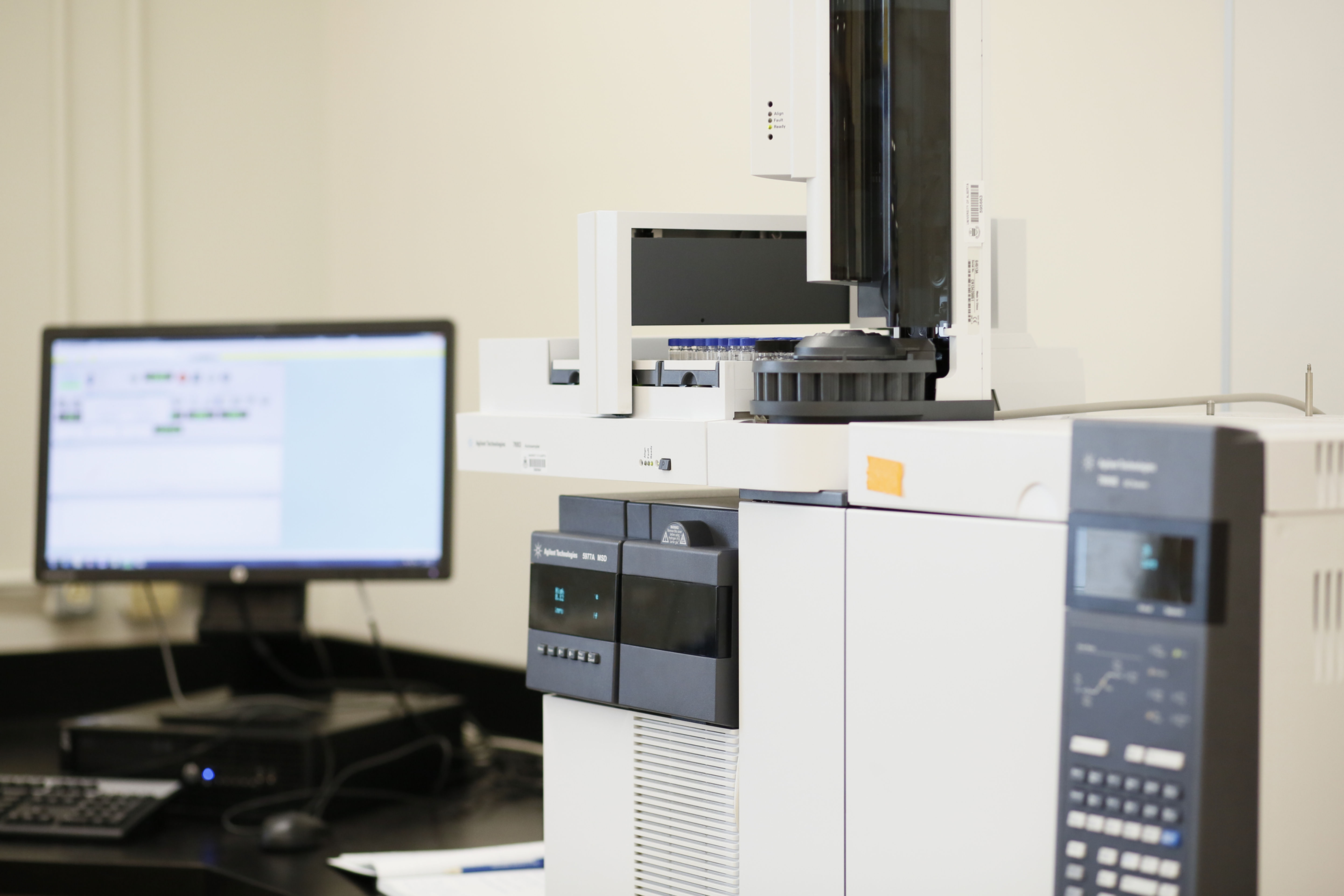Use: Gas Chromatography (GC)
Use: Compound identification and verification, MS2 transitions, retention time acquisition, in-house digital library, method development
Suitable for: GCMS, GC-MS/MS, GC-QTOF, GC-FID
Suitable for: Single quadrupole MS, triple quadrupole MS (QQQ), QTOF, Orbitrap
Suitable for: Human metabolomics, plant metabolomics, foodomics, food analysis, volatilomics (VOC analysis), cannabis and vape analysis, wine and beer analysis, coffee and juice analysis, aroma and fragrance analysis
Applications:
GC/FID - GCxGC /FID
-Find the retention time of the molecules after changing the method
-Find the retention time of molecules after changing the column
-Use the standards to make calibration curves for quantification
GCMS - GCxGC MS (single quad)
-Find the retention time of molecules after changing the method
-Add the compounds to your in-house library for enhanced compound search/identification with RT and M/z value
GC-MS/MS (triple quad)
-Acquire and optimize the transition ions for each molecule using your instrument specific settings
-Use the standards to make calibration curves for quantification
GCMS (QTOF)
-Use the standards to make calibration curves for quantification
-Add the compounds to your in-house library for enhanced search with RT and M/z value
Benzaldehydes play an important role in biological primary and secondary metabolism in many living systems including human, plant and bacteria. They are among the most fragrant molecules occurring in plants and fruits. Benzaldehyde in almond, cinnamaldehyde in cinnamon and vanillin are only a few examples. Using mixtures of standards provides the advantage of recording chromatograms and mass spectra of tens to hundreds of compounds in one run, making the analysis and calibration faster. Our Benzaldehydes Standard Mix is designed to provide the highest resolution chromatogram for GC compatible methods as well as a high purity single peak spectrum for each molecule. All compounds come in 1.0 mM concentration in acetone and can be used for identification and quantification.
- 30 molecules, high purity, single peak, completely resolved
- Fully quantitative, 1.0mM in acetone.
- 4 High recovery sets of five 200 uL microampules. Using microampules allows you to keep the unused amount in the sealed glass container.
- Contains an internal standard to adjust your retention time with IS lock
- No isobaric interference means there are no two compounds with the same molecular formula in a microampule. This design allows identification by low resolution single quad mass spectrometer without a need for digital libraries for identification. You can still use high resolution or QQQ detector for enhanced identification.
This product is designed to best fit with GC/MS and GC/FID applications. However, it can be also used in LC/MS or LC/UV applications. We do not provide certification or technical support for liquid chromatography application of this products
Benzaldehydes Standard Mixture
List of compounds
1. p-Tolualdehyde (HMDB0029638, CAS 104-87-0, FEMA 3068)
2. 2,4-Dimethylbenzaldehyde (HMDB0032142, CAS 15764-16-6, FEMA 3427)
3. p-Anisaldehyde (HMDB0029686, CAS 123-11-5, FEMA 2670)
4. 4-Ethoxybenzaldehyde (HMDB0033970, CAS 10031-82-0, FEMA 2413)
5. Vanillin (HMDB0012308, CAS 121-33-5, FEMA 3107)
6. Verateraldehyde (HMDB0032138, CAS 120-14-9, FEMA 3109)
7. 3,4-Dihydroxybenzaldehyde (HMDB0059965, CAS 139-85-5, FEMA _)
8. α-Amylcinnamic aldehyde (HMDB0031313, CAS 122-40-7, FEMA 2061)
9. Salicylaldehyde (HMDB0034170, CAS 90-02-8, FEMA 3004)
10. 2-Hydroxy-4-methylbenzaldehyde, 95% (HMDB0032603, CAS 698-27-1, FEMA 3697)
11. trans-Cinnamaldehyde (HMDB0003441, CAS 14371-10-9, FEMA 2286)
12. o-Vanillin (PUMCHEMCID8991, CAS 148-53-8, FEMA _)
13. alpha-Methylcinnamaldehyde (PUMCHEMCID5372813, CAS 101-39-3, FEMA 2697)
14. o-Veratraldehyde (PUMCHEMCID66581, CAS 86-51-1, FEMA _)
15. Vanillin isobutyrate, 98% (HMDB0037681, CAS 20665-85-4, FEMA 3754)
16. M-Tolualdehyde (HMDB0029637, CAS 620-23-5, FEMA 3068)
17. 4-Ethylbenzaldehyde (HMDB0032024, CAS 4748-78-1, FEMA 3756)
18. O-Anisaldehyde (HMDB0033766, CAS 135-02-4, FEMA 4077)
19. 2,4,5-Trimethylbenzaldehyde (HMDB0032015, CAS 5779-72-6, FEMA _)
20. 4-Hydroxybenzaldehyde (HMDB0011718, CAS 123-08-0, FEMA 3984)
21. Gentisaldehyde (HMDB0004062, CAS 1194-98-5, FEMA _)
22. Isovanilline (PUMCHEMCID12127, CAS 621-59-0, FEMA _)
23. o-Methoxycinnamaldehyde (HMDB0033830, CAS 1504-74-1, FEMA 3181)
24. o-Tolualdehyde (HMDB0029636, CAS 529-20-4, FEMA 3068)
25. 3-Methoxybenzaldehyde (HMDB0031459, CAS 591-31-1, FEMA _)
26. Cuminaldehyde (HMDB0002214, CAS 122-03-2, FEMA 2341)
27. 3-Hydroxybenzaldehyde (PUMCHEMCID101, CAS 100-83-4, FEMA _)
28. Ethyl vanillin (HMDB0029665, CAS 121-32-4, FEMA 2464)
29. Vanillin acetate (HMDB0029663, CAS 881-68-5, FEMA 3108)
30. Syringaldehyde (HMDB0258653, CAS 134-96-3, FEMA 4049)

